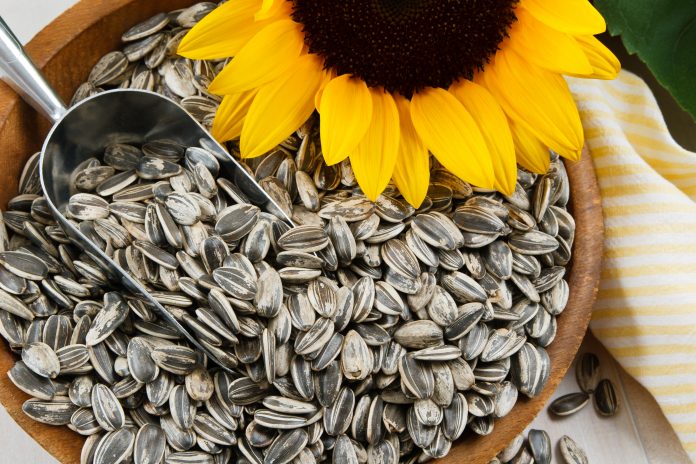
With the high-stress, fast-paced life we live now, the majority of us fall prey to headaches. Most times the headaches are triggered by stress, lack of sleep or a hangover where a fantastic power-nap and/or. Sometimes however, they are due to more serious health difficulties. This leads to a more severe type of headache, known as Migraines, which aren’t only harder to bear, but also more difficult to shake off.
The Science behind
Researchers have not actually been able to pinpoint the specific cause of a migraine, but they do know the physiological changes that happen when a migraine strikes. When the nerve cells in the brain become more stimulated, they release chemicals that cause inflammation and swelling in the blood vessels in the brain and throat.
Cure and Side-Effects
Sadly enough, not only do many migraine meds have side effects that range from nausea and stomach ulcers to an increased risk of stroke and even heart attack, but up to two-thirds of consumers also have reported they don’t deliver satisfactory results.
Preventative foods
To prevent and reduce the onslaught of migraine attacks, here are a few readily available supplements you can have in your daily diet.
Riboflavin (vitamin B2)
Riboflavin, an effective preventative treatment for migraines, is also called vitamin B2 and is found in certain foods and supplements. It helps protect cells from oxidative damage and is involved in energy production. It’s been widely reported to significantly decrease the incidence of migraine headaches when consumed at high levels (400 mg each day), even though it doesn’t appear to lower the pain or period of a migraine as soon as they occur.
Best food sources: Liver, lean beef, lamb, venison, whole grains, tempeh, yogurt, low-fat milk, eggs, almonds, crimini mushrooms, asparagus, Brussels sprouts, broccoli, and spinach. Make certain that you keep the meals away from light, which destroys riboflavin.
5-hydroxytryptophan (5-HTP)
5-hydroxytryptophan is a chemical produced by our bodies from the amino acid tryptophan. Research by Harvard Medical School and Natural Standard indicates that 5-HTP might be particularly helpful in reducing both the frequency and severity of migraine headaches. 5-HTP increases the body’s production of serotonin, a neurotransmitter involved in blood vessel regulation. Low serotonin levels are associated with migraines, so 5-HTP supplementation seems to help by correcting the imbalance.
Best food sources: (While 5-HTP can’t directly be obtained from food sources, these foods are sources of amino acid tryptophan, which the body uses to make 5-HTP) Turkey, chicken, milk, potatoes, pumpkin, sunflower seeds, turnip and collard greens, and seaweed.
Magnesium (Mg)
Because our bodies can not make magnesium, we have to rely on dietary and/or supplement sources to get it and magnesium deficiency been directly linked to migraines in several of major studies. Magnesium helps relax nerves and muscles and transmits nerve impulses through the body and mind. Moreover, magnesium helps prevent nerves from getting over excited. In a nutshell, this nutrient assists in the prevention and reduction of migraines.
Best food sources: Pumpkin seeds, spinach, Swiss chard, wild Alaskan salmon, halibut, sunflower seeds, sesame seeds, flax seeds, amaranth, quinoa, soybeans, and black beans.
Coenzyme Q10 (CoQ10)
Coenzyme Q10 is an antioxidant nutrient that is particularly important in blood vessel health. Our bodies have the ability to make CoQ10, and we could even get it from dietary and supplement resources. CoQ10 increases blood circulation to the brain, improves circulation, and protects cells from oxidative damage. Additionally, it helps stabilize blood glucose; low blood glucose is a significant cause for many migraine sufferers.
Best food sources: Food sources of CoQ10 are not well documented, but this nutritional supplement are found in fish and organ meats (especially liver, kidney, and heart) as well as whole grains.
Omega-3 fatty acids
Omega-3 fats are anti-inflammatory chemicals which are plentiful in many food resources, particularly fish, nuts, and seeds. Omega-3 fatty acids protect brain cells and decrease inflammation, which might help to lessen the pain associated with migraines. Additionally, Omega-3s seem to be beneficial in reducing the frequency and duration of migraine headaches.
Best food sources: Wild Alaskan salmon, tuna, herring (not pickled herring), mackerel, rainbow trout, halibut, Pacific oysters, sardines, walnuts, chia seeds, and flax seeds. Omega-3 fats are somewhat fragile and can easily be damaged by exposure to heat, light, and oxygen, so keep foods properly and prevent overheating (especially frying) when cooking.
Feverfew
Feverfew is a bushy, aromatic herb plant linked to daisies and widely used by herbalists and practitioners of Traditional Chinese Medicine (TCM) for preventing migraines and other types of headaches. Feverfew helps alleviate the throbbing pain associated with migraines by reducing inflammation, especially in the blood vessels in the brain. Additionally, it has minimal side effects. It can help quell nausea and nausea in migraine sufferers who experience those symptoms.





